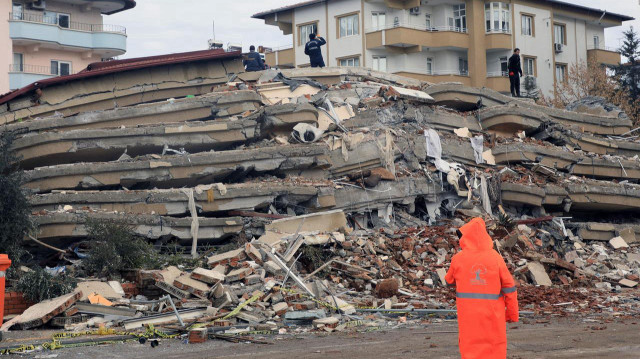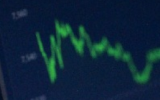
Though Google's early warning system was active on day of quakes, it failed to accurately assess their strength
Google acknowledged Monday that its earthquake early warning system failed to provide accurate alerts during Türkiye's devastating earthquakes in 2023.
The system could have sent out the highest level alert to 10 million people within 157 kilometers (98 miles) of the epicenter, potentially giving them up to 35 seconds to seek safety.
However, only 469 Take Action alerts were sent for the initial 7.8 magnitude quake.
In a statement to the BBC, Google clarified that half a million people received a lower-level warning intended for "light shaking," which doesn't notify users as prominently as the higher-level alerts.
Earlier, Google told the BBC that the system had "performed well" following an investigation in 2023.
The alert system is available in nearly 100 countries and is marketed by Google as a "global safety net," often functioning in places that lack other early warning systems.
The Android Earthquake Alerts (AEA) system, which Google manages, operates independently of any national governments.
This system is designed to work on Android devices, which account for over 70% of mobile phones in Türkiye.
Over 55,000 lives were lost and more than 100,000 people were injured when two major earthquakes struck southeastern Türkiye on Feb. 6, 2023.
Many of the victims were asleep in buildings that collapsed during the tremors.
Though Google's early warning system was active on the day of the quakes, it failed to accurately assess the strength of the earthquakes.
Researchers at Google published an explanation in the Science journal, highlighting "limitations to the detection algorithms."
For the first quake, the system estimated the shaking to be between 4.5 and 4.9 on the moment magnitude scale (MMS), while the actual magnitude was 7.8.
The second significant quake later that day was also underestimated, prompting the system to send Take Action alerts to just 8,158 devices, with Be Aware alerts reaching nearly four million users.
Following the quakes, Google's team revised the algorithm and re-simulated the first earthquake.
This time, the system sent 10 million Take Action alerts to those most at risk and 67 million Be Aware alerts to those farther from the epicenter.







